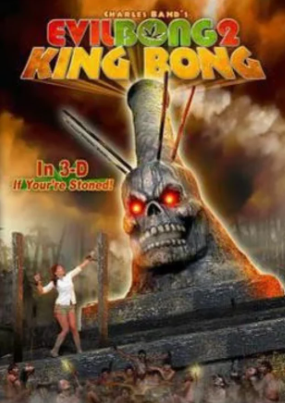"Lake Vostok incident" is a remarkable retro game that offers a unique and spine-tingling experience. Set in the desolate, frozen wasteland, players step into the boots of a courageous researcher on a mission to collect increasingly gruesome samples in the name of science. With its eerie atmosphere, suspenseful gameplay, and a shocking twist, this game will keep you on the edge of your seat.
Gameplay (★★★★☆): The game's core mechanics revolve around exploration and sample collection, with the player using a rugged snowmobile to traverse the unforgiving terrain. The controls are simple and intuitive, but the ever-present sense of vulnerability adds to the tension. The snowmobile's engine noise and the relentless howling of the icy wind create an eerie ambiance that is both immersive and unsettling. But fuck the snowmobile; I had more airtime spinning 1000 rpm than actually driving.
As you venture further from the research base, the samples become progressively more gruesome, making every decision to pick up another sample a nerve-wracking experience. The game doesn't rely on jump scares or graphic violence but instead capitalizes on building a sense of dread and anticipation that steadily escalates as you progress.
Storyline (★★★☆☆): The game's storyline is minimalistic but effectively serves its purpose. The plot revolves around the mysterious research mission in Antarctica, and the narrative unfolds primarily through environmental storytelling, documents, and occasional radio transmissions. The absence of a detailed backstory leaves much to the player's imagination, which can be both captivating and slightly frustrating for those who prefer a more concrete narrative. I want my professional name to be "janitor".
Graphics and Sound (★★★★★): "Lake Vostok incident" embraces the retro aesthetic, presenting players with pixel art graphics reminiscent of older games. This design choice adds a layer of nostalgia and contributes to the game's eerie atmosphere. The use of limited colors and stylized pixel art is deliberate, emphasizing the stark, cold, and isolated feeling of wasteland. The sound design deserves praise as it effectively complements the visuals and adds depth to the player's immersion.
Ending (★★★★☆): The climax of the game is where "Lake Vostok incident" truly shines. As the research base becomes buried under a relentless blizzard, the tension and dread reach their peak. Without giving away any spoilers, the game concludes with an unexpected and well-executed jump scare that will leave players startled and possibly even haunted.
In conclusion, "Lake Vostok incident" is a chilling, retro gaming experience that successfully captures the essence of arctic isolation and suspense. It might not be for everyone, as it relies heavily on atmosphere and minimalistic storytelling, but for those who appreciate psychological horror and atmospheric tension, this game is a hidden gem. Strap into your snowmobile, collect your samples, and be prepared for a horrifying journey into the heart of the Antarctic. Just remember: sometimes, the scariest monsters are the ones within us.



